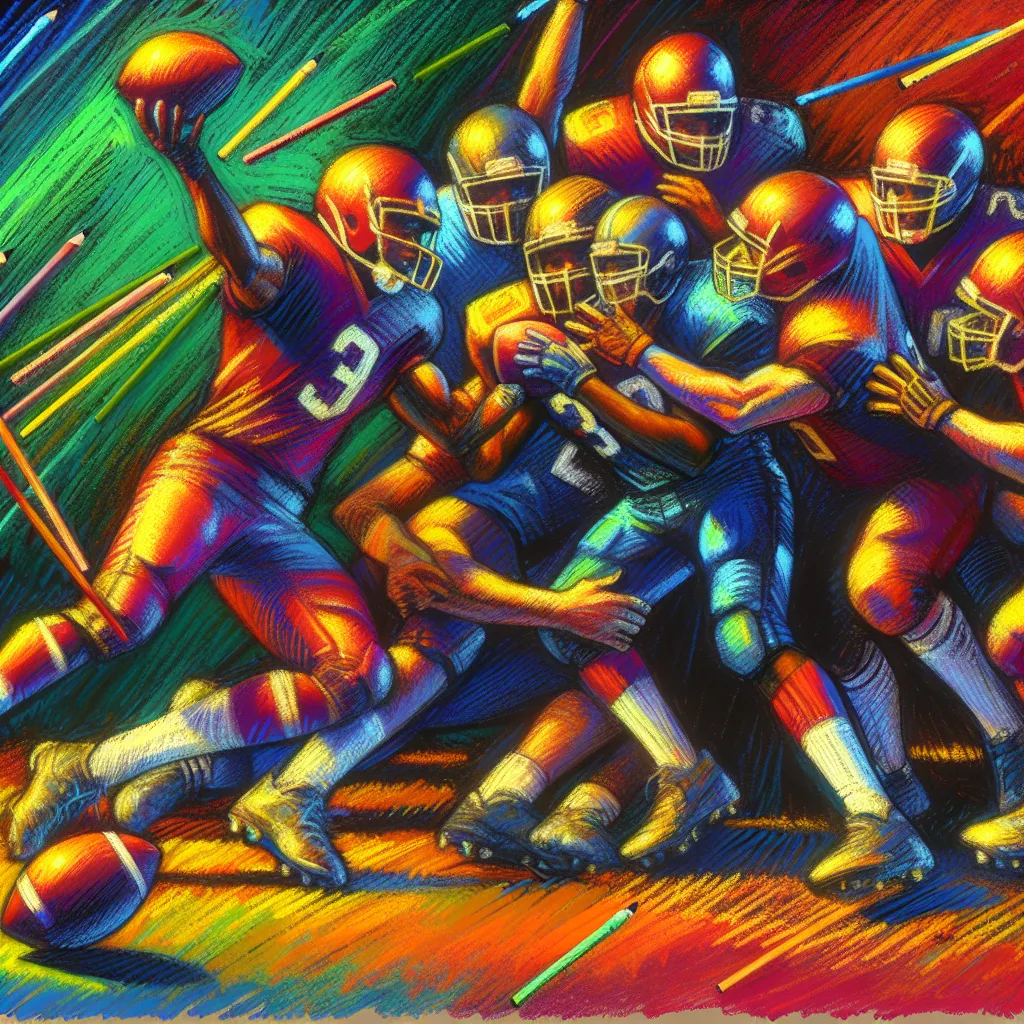
- Published on
- Authors

- Name
- Sports Tips
Reading Defenses: Understanding Coverages and Schemes
Introduction
For a quarterback (QB), reading defenses isn't just a mental game—it's an art form. Deciphering defensive coverages, predicting blitzes, and executing precise pre-snap adjustments are all essential skills. This post leverages both player insights and coaching wisdom to break down the nitty-gritty of becoming a proficient defensive reader.
Understanding Defensive Coverages
To decode a defense, a quarterback needs to identify the following basic coverages:
1. Cover 1 (Man-Free)
Key Indicators:
- Single high safety in the middle.
- Cornerbacks tight on receivers, usually in press coverage.
QB Tips:
- Keep an eye on the free safety; he's likely to assist deep.
- Look for mismatches as most defenders are in single-man coverage.
2. Cover 2 (Two-Deep, Five-Under)
Key Indicators:
- Two safeties deep.
- Cornerbacks typically play the flat zones.
QB Tips:
- Exploit the middle of the field between the safeties.
- Hit the deep sidelines as the cornerbacks will release the wide receivers to the safeties.
3. Cover 3 (Three-Deep, Four-Under)
Key Indicators:
- One safety in the middle and two corners covering deep thirds.
- Four underneath defenders covering short and intermediate zones.
QB Tips:
- Target the seams between zones, especially between the linebackers and the deep corners.
- Utilize short to intermediate routes like slants and hitches.
4. Cover 4 (Quarters)
Key Indicators:
- Four defenders (usually two safeties and two corners) each covering a quarter of the deep field.
QB Tips:
- Take advantage of short routes; the defense is more spread out.
- Use play-action to pull the linebackers up and create gaps in the secondary.
Anticipating Blitzes
Blitzes can pressure and rattle a quarterback. However, recognizing them can turn the tide in your favor.
Common Blitz Indicators:
- Linebackers creeping towards the line of scrimmage: A sign they might blitz.
- Defensive backs positioned aggressively: Slot defenders showing blitz can alert the QB to possible pressure from the edges.
QB Countermeasures:
- Pre-Snap Reads: Identify potential blitzers and adjust protection schemes. Signal to the offensive line (OL) where the pressure might come from.
- Hot Routes: Have quick, short-pass options ready for immediate release.
- Shift Protections: Audible protections to slide or pick up blitzers.
Making Pre-Snap Adjustments
Pre-snap adjustments can make or break a play, turning a potential disaster into a sizeable gain.
Adjustments Include:
- Audibles: Changing the play entirely based on the defensive setup.
- Shift Protections: Sliding the OL or keeping the tight end and/or running back in for extra protection.
- Motion: Sending someone in motion can reveal if the defense is in man or zone coverage.
Execution Table:
| Situation | Suggested Adjustment | Objective |
|---|---|---|
| Blitz Expected | Signal a quick out route | Provide immediate throwing option |
| Heavy Zone Look | Call a run play | Exploit numbers in the box |
| Confusing Look | Utilize motion pre-snap | Identify man vs. zone |
Conclusion
Mastering the ability to read defenses is essential for quarterbacks aspiring to elevate their game. By understanding coverages, anticipating blitzes, and making smart pre-snap adjustments, you can ensure you're always one step ahead of the defense. Whether you're out on the field or watching film, keep these principles in mind to become an elite QB.
Further Resources:
- NFL Game Pass for analyzing film.
- QBTraining.com for more drills and tips.
- Chris Simms QB School for breakdowns and expert analysis.
